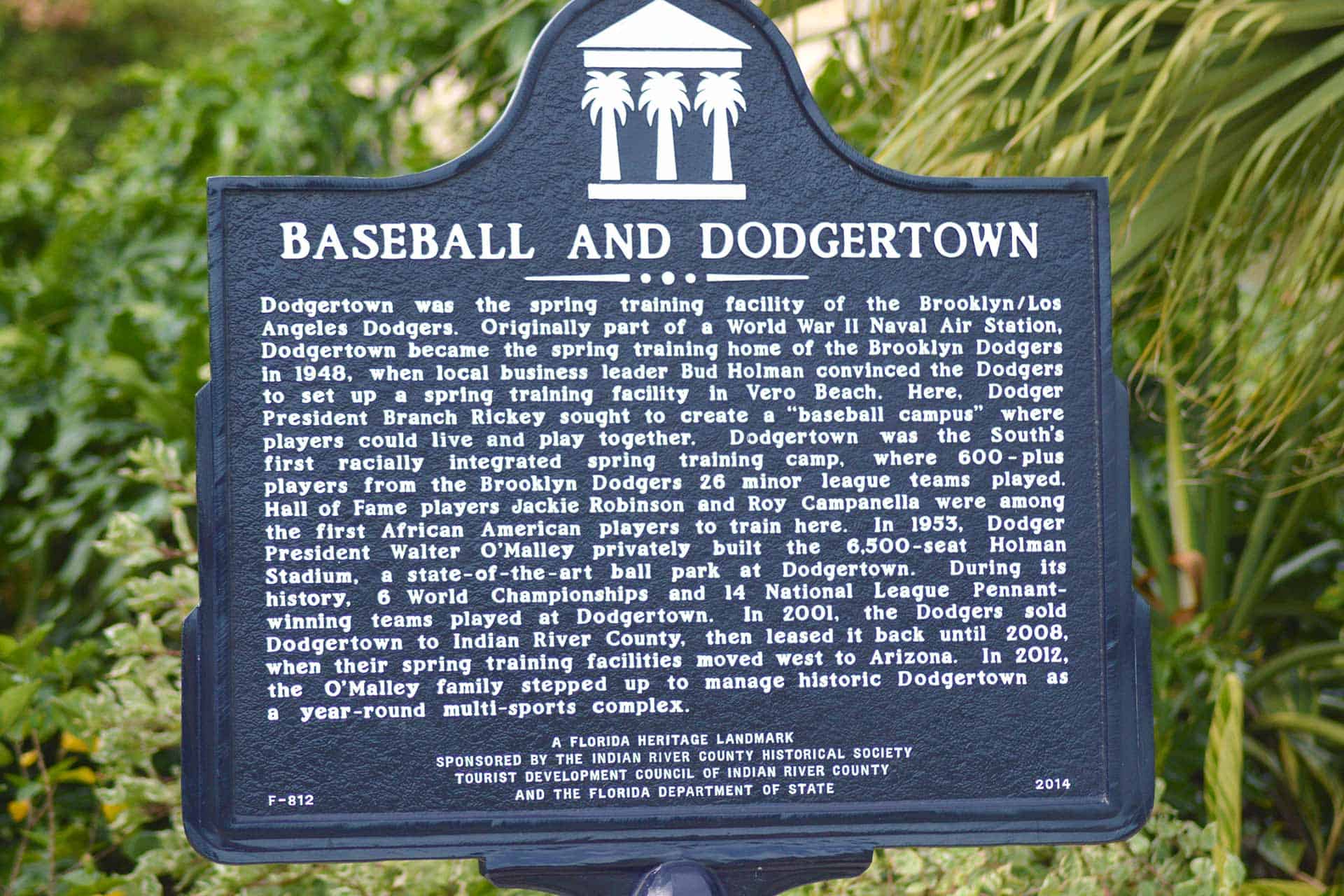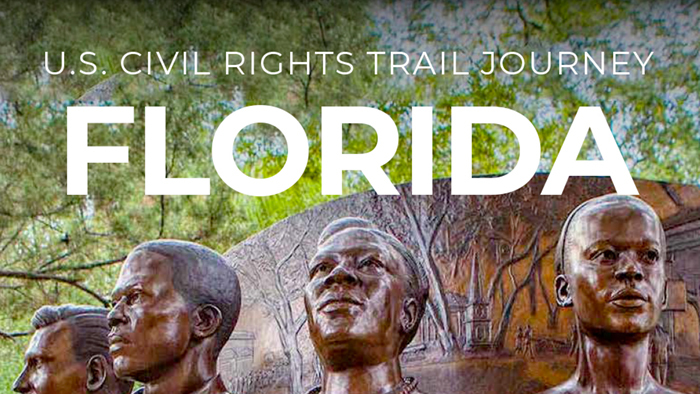Where Integration of the Major Leagues Impacted a Nation
Throughout Florida, civil rights victories were achieved at a gradual pace. But in Vero Beach, the Dodgers led the way to lasting change and lasting hope. Under the watchful eye of team management, led by visionaries and future Hall of Famers Branch Rickey and Walter O’Malley (and later O’Malley’s son, Peter), the baseball club welcomed players of color and set an example for the country.
Historically, Vero Beach had followed segregation laws common in the South. Then in 1947, the year before the Dodgers made this small seaside town its spring training home, Jackie Robinson broke the color barrier in Major League Baseball and changed everything. Dodgertown opened in 1948 as the first integrated MLB spring training site in the South. The Dodgers and their Montreal Royals minor league club both had African-American players staying in the same living quarters and eating in the same dining room as other players and personnel.
In a 1950 column written by “The Old Scout,” Dodgers President Walter O’Malley was quoted as saying, “Prejudices have no place in our society and certainly not in sports.” Yet segregation laws continued to be practiced in the South. The Dodgers continued to add African-Americans, and the 1954 team set MLB history by having a starting lineup featuring a majority of African-American players.
The Dodgers kept doing their part during the era of the Civil Rights Movement. O’Malley opened a pitch-and-putt on Dodgertown property in the 1950s, and then a public golf course in the 1960s so all players could play golf together. And in 1962, Dodgertown Director Peter O’Malley removed the concept of segregated seating, water fountains and restrooms from Holman Stadium at Dodgertown long before local public schools were integrated. These progressive actions that began with a baseball team went beyond Dodgertown and Vero Beach, influencing social change nationwide.

























